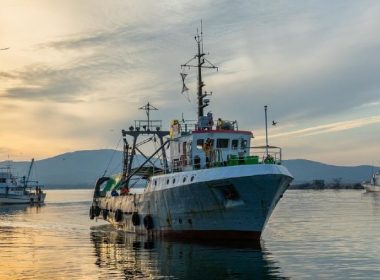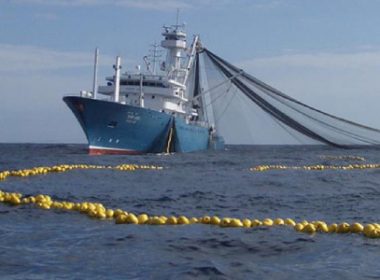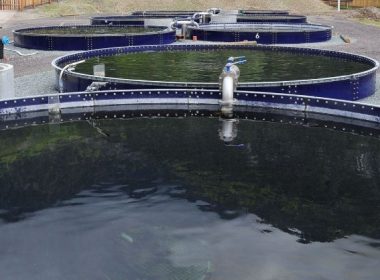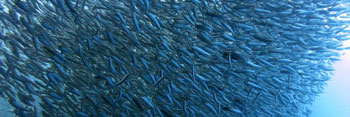European Parliament approves new EU fisheries control rules

All EU fishing vessels will be monitored and their catches reported electronically, to ensure full traceability, under a revamped EU fisheries control system.
The new fisheries control regulation measures were approved by plenary on Tuesday, October 17, with 438 to 146 and 40 abstentions.
Under the new rules, all boats will need to carry on board a tracking device enabling national authorities to locate and identify them at regular intervals. Certain small-scale vessels may be exempted from this obligation until 2030 and all small-scale fishing fleets will get up to four years to adapt to these new requirements.
The new EU law will help to collect more accurate data, to allow for the better management of sea resources.
All EU vessels without exception will have to register and declare their catches in a digitalised way. This applies in particular to fishing logbooks, transhipment declarations, and landing declarations.
Masters of vessels under 12 metres will be able to complete and submit a simplified declaration at the end of the fishing day, once they are safe in port and before landing.
For the first time, recreational boats will also have to declare catches, through electronic systems set up by national authorities or by the European Commission.
Harmonisation of sanctions and margins of tolerance
The regulation also tackles the current wide disparities between EU countries regarding sanctions. The value of fishery products caught by a vessel will now define the minimum level of fines applied to it in case of serious infringement of the rules.
The margin of tolerance – the difference between the estimate of the fish caught and the weight at the landing port – will be set at 10 per cent per species, with some exceptions for small-volume catches and for some particular species.
Ensure landing obligation and traceability along the supply chain
To guarantee the respect for the so-called landing obligation, EU vessels of 18 metres or more that may pose a high risk of non-compliance will have to carry on-board remote electronic monitoring systems, including closed-circuit television, at the latest four years after the entry into force of the legislation.
Operators will have to retain information from across the supply chain, from the sea to the plate, including from first sale to the retail stage of fishery and aquaculture products. The full digital traceability of fish and its derivatives should help reinforce food safety, ensure fairer competition, and combat illegal, unreported and unregulated (IUU) fishing.
Next steps
Once formally adopted by the council, the regulation will enter into force 20 days after its publication in the Official Journal. However, several measures will be gradually implemented, giving member states and fishing fleets enough time to adapt.







